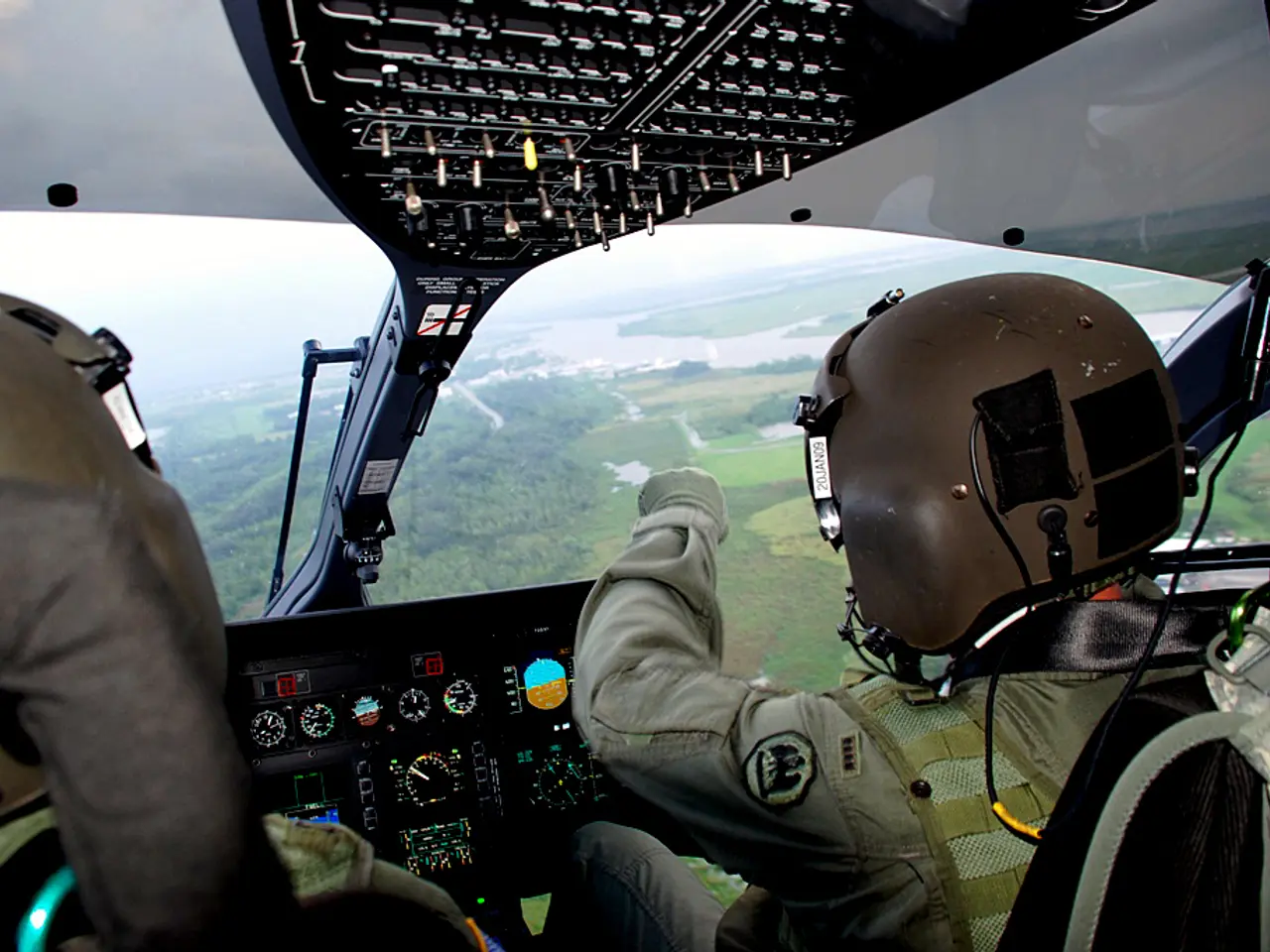Assessment of Seat Comfort Based on Face Recognition Tech
In a groundbreaking study, researchers have discovered that subtle differences in aircraft seats can significantly impact passengers' emotions. The study, which was conducted by an unspecified research group, has shed light on the potential of facial expressions recognition technology during aircraft seat development.
The study involved the use of a sophisticated software system that captures facial micro expressions and predicts participant behaviour through metrics like activation, engagement, satisfaction, valence, relevance, and enjoyment. The software was used to analyze the facial expressions of 21 participants, including 18 males and 3 females, while they were using two different aircraft seats and answering questions.
The recordings were analyzed by Emotion Research Lab's facial recognition technology to obtain an emotional analysis. The study found that even the subtlest differences in seats could be perceived in participants' emotions, with Seat 1 being rated higher in emotional congruence with participants' answers.
The findings of the study support the further exploration of facial expressions recognition technology during aircraft seat development. The technology could offer valuable insights into passenger comfort by objectively capturing subtle emotional and comfort-related cues in real-time during seat testing. This could supplement or partially replace subjective surveys, providing a more comprehensive understanding of passenger comfort.
However, the effectiveness of this approach depends on several factors. Facial expression recognition must be highly accurate and sensitive enough to detect subtle comfort-related signs, which can be culturally and individually variable. Additionally, algorithms need to be calibrated for the aircraft seating environment, considering lighting, posture constraints, and passenger diversity.
For robust seat comfort evaluation, facial expression analysis is most effective when combined with other measures such as pressure mapping, subjective surveys, and motion tracking. Privacy and consent are also crucial considerations, as the use of facial recognition raises privacy concerns, requiring clear protocols and passenger consent.
While direct validated studies on using facial expression recognition for aircraft seat comfort assessment during development appear unavailable, the technology shows promise as an objective measure complementing traditional evaluation methods. Its effectiveness hinges on algorithm precision, contextual adaptation, multimodal integration, and ethical use.
If you seek concrete evidence of effectiveness, academic research specifically targeting seating comfort and facial emotion recognition in aviation or ergonomics literature would be a relevant next step for review. The study's findings suggest that this could be a promising area for future research in the field of aircraft seat development.
- The technological advancements in facial expressions recognition could potentially be extended to other areas, such as health-and-wellness and fitness-and-exercise, where understanding subtle emotional and comfort-related cues could provide valuable insights.
- In the realm of science and technology, the application of facial expressions recognition technology in health-and-wellness products could help track user comfort during workouts or wellness activities, offering a data-driven approach to product development and user experience enhancement.




